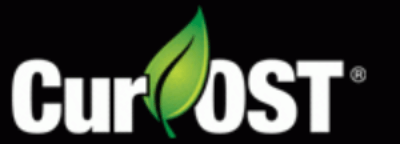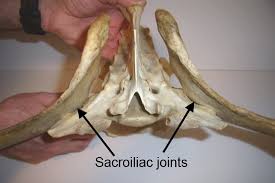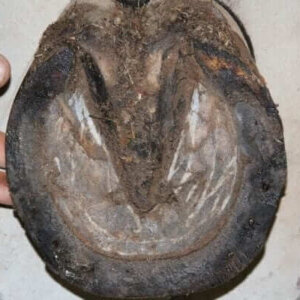Equine Sports Injury Management For Optimal Outcomes
Sports related injuries are common in equine competitions and training. They are expected to occur and are likely, due to the extreme stress placed upon joints and other supporting structures, often exceeding normal limitations. The injuries can be a short term nuisance or many prove to be long term, career ending problems that drag on for years. How we approach these injuries from both a preventative and therapeutic perspective can dictate the outcome and often improve our odds of success. In order to understand the options before us, we have to understand what is taking place within that animal.
Equine Sports Injury Management For Optimal Outcomes Read More »







